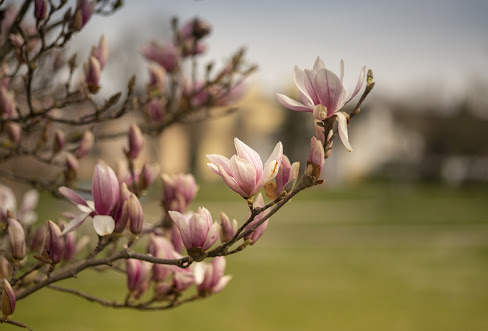The garden is where we relax, enjoy, connect to nature, and do several other things. Adding the best trees and shrubs to your garden can take its beauty and aesthetics to the next level. However, if you have limited space, consider the size, shape and form of trees and shrubs.
Another thing that you should consider while selecting plants for your garden is whether the plant variety suits your climate and thrives in the environmental conditions of the united kingdom. Here, we will help you pick the best trees and shrubs for your garden, but before that, consider asking the following asking from yourself.
Do you want the trees to provide you with privacy?
Do you want the tree to be the focal point in the garden?
Do you want to add colours to your garden?
Are you looking for decorative trees?
All these questions will help you narrow down the tree-options available on the internet and the ones that we have provided here. All this will help you pick the trees that suit your garden and meet your preferences.
1. Magnolia
Magnolia is known for its beautiful goblet flowers and magnificent fragrance. There are several varieties of magnolia, out of which some grow to 10 feet when they mature. According to a renowned landscaper in Newbury, magnolias are grown best in neutral and acidic soil but not in alkaline soil. And we must not plant them in certain places which are subjected to water logging. Also, some varieties of magnolia can be easily grown in containers.
2. Pink flowering Dogwood
Pink flowering Dogwood is native to the united states but is suitable for the united kingdom climate. One of the best things about planting them in your front yard is that it attracts wildlife. So, your garden will be full of bees and butterflies. During spring seasons, it blooms stunning pink colour flowers. Dogwood can be grown in almost every soil, but the most preferred are neutral and acidic soil.
3. Silver birch
Silver birch is a native plant of the united kingdom known for its beautiful appearance, especially its gorgeous bark, which appears during winter. The tree requires full to partial shade and well-drained soil. The best thing about silver birch is that, once established properly, they need little care. Some common varieties of birch trees are Paper Birch, River Birch, Cherry Birch, Dwarf Birch, Yellow birch, Himalayan Birch and Water Birch.
4. Wisteria
Wisteria is a climbing vine that contains beautiful and fragrant flowers, so it can help transform your garden with its stunning appearance. Wisteria will help add character to your home, whether you add it to your wall or over your garden fence. Two main types of wisteria are Japanese (Wisteria Floribunda) and Chinese (Wisteria Senensis). While Japanese wisteria produces 12 to 18 inches of clusters of flowers, Chinese wisteria produces 6 to 9 inches of blue, violet and white cluster flowers. After planting, Chinese wisteria takes around two-three years to bloom.
5. Crape Myrtle
A landscaper in reading will advise you to plant crape myrtle in your front yard if you are looking for a tree that produces plenty of flowers year-round. Crape myrtle is a small tree that grows about 15-25 feet tall, making it perfect to grow in your garden. But it requires a warm and sunny climate, which means you need to plant them in a spot that receives full sun. Also, crape myrtle requires watering regularly, especially during the dry season.
6. Green Giant Arborvitae
Green giant arborvitae is an evergreen and easy-to-care tree that can perfectly suit a house's architecture. They grow moderately, about 3 feet every year, and require less maintenance. Though green giant arborvitae can tolerate different soils, they thrive in moist and fertile soil. Their conical shape and height make them ideal for creating a focal point. You can consider planting them at the garden's centre or the end of the walkways to create a focal point.
7. Hawthorn
Hawthorn is native to Western Asia, Europe and North Africa and is named after the month in which its flowers bloom (May). It produces red berries in autumn and white flowers in the spring (which attracts plenty of birds). When mature, it can reach a height of 15m and contains dark green leaves with lobed shapes.





0 comments:
Post a Comment